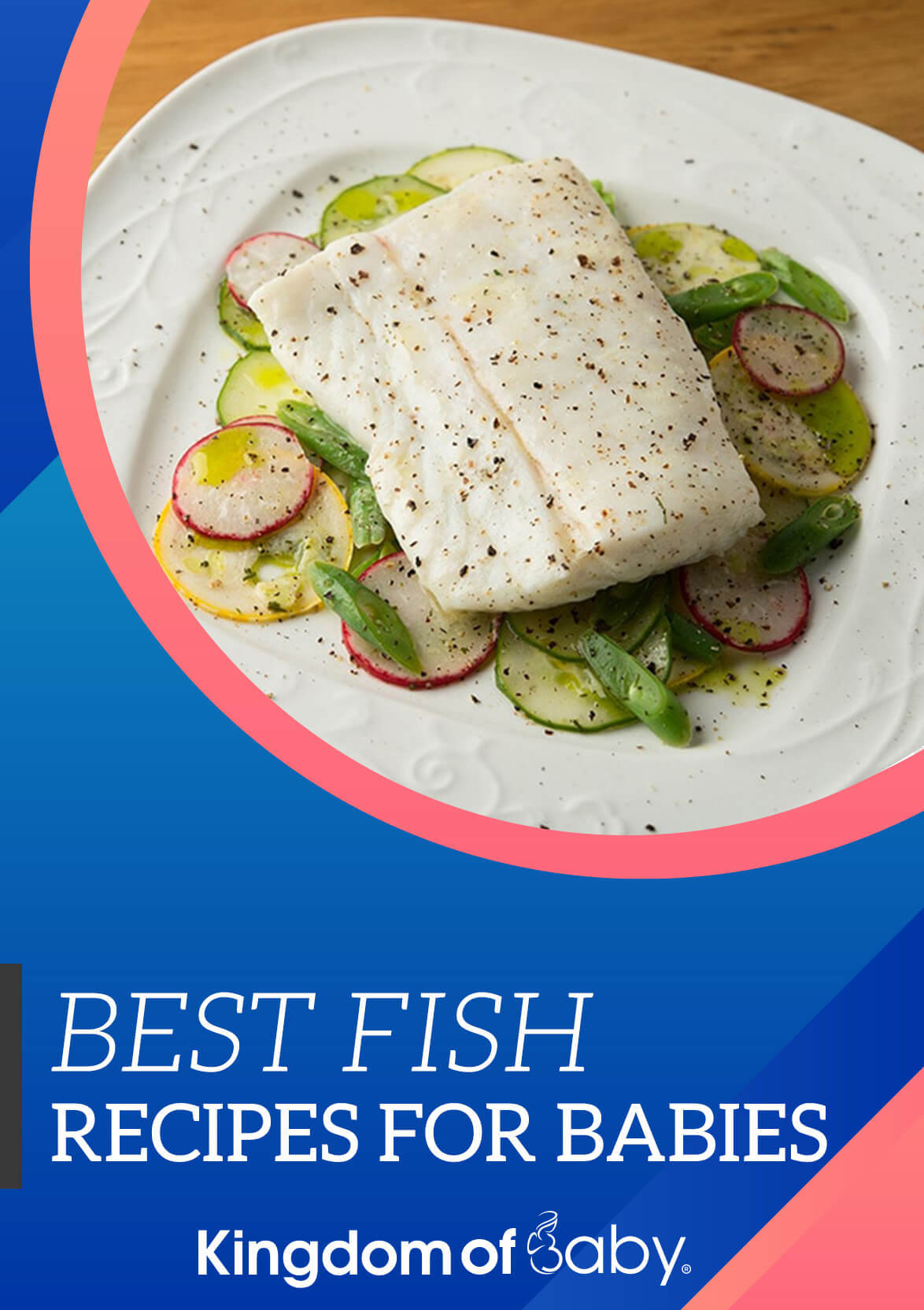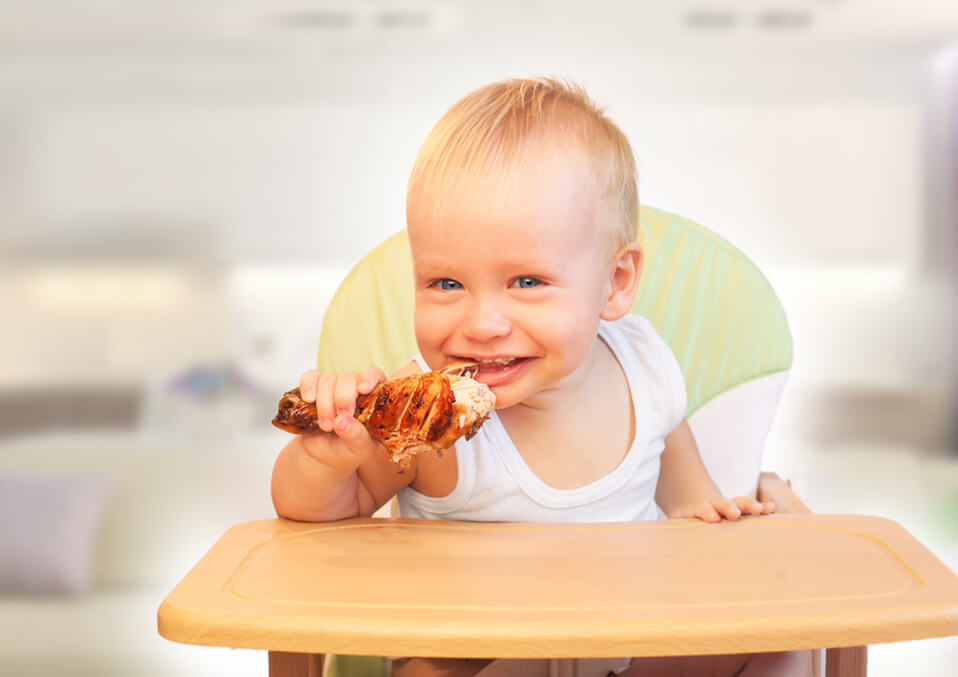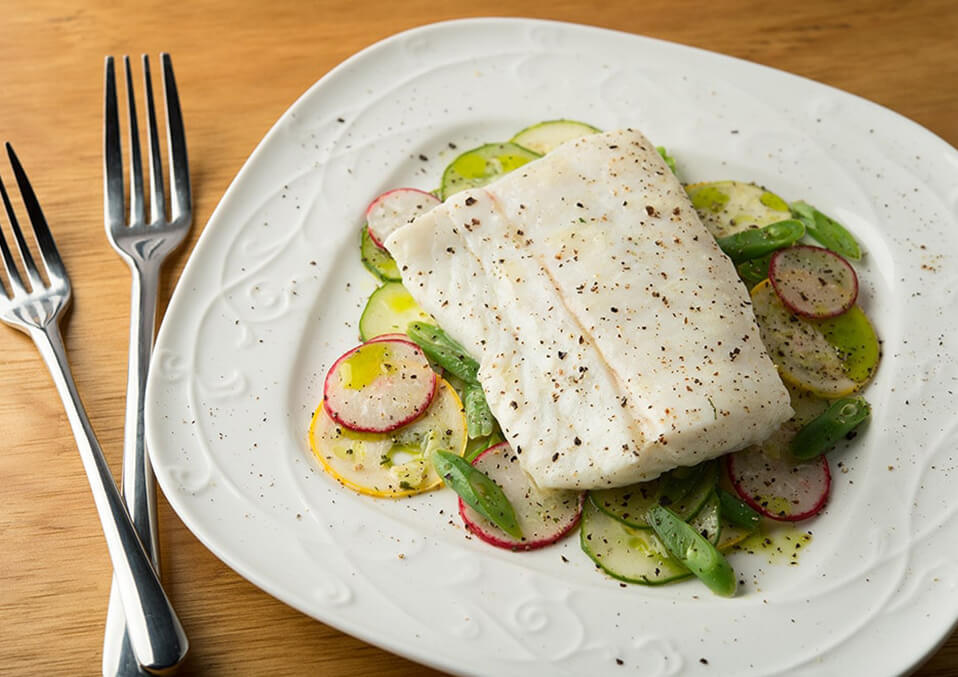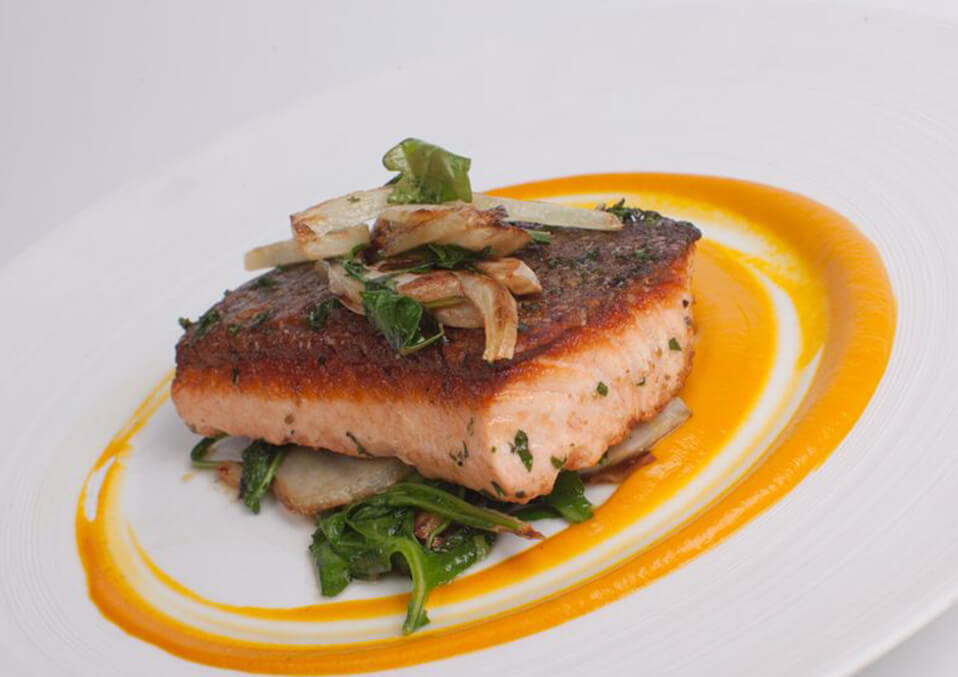 Most babies are able to eat fish, and they should actually, as fish are such a good source for omega-3 fatty acids that build up brains. While fish is one of the top seven allergy products, scientific research demonstrates that delaying food inception may not deter food allergies as once assumed. Naturally, just like fresh ingredients, be sure that you speak to your doctor about the correct time for your child.
Most babies are able to eat fish, and they should actually, as fish are such a good source for omega-3 fatty acids that build up brains. While fish is one of the top seven allergy products, scientific research demonstrates that delaying food inception may not deter food allergies as once assumed. Naturally, just like fresh ingredients, be sure that you speak to your doctor about the correct time for your child.
When should you feed them fish?
 Fish is like any other healthy food you feed the child with. After six months of age, it can be brought into his diet. However, it is essential to check for any fish allergies that the child has. In the event of an allergy, you can wait for it to be eight months old and minimize the danger of allergy.
Fish is like any other healthy food you feed the child with. After six months of age, it can be brought into his diet. However, it is essential to check for any fish allergies that the child has. In the event of an allergy, you can wait for it to be eight months old and minimize the danger of allergy.
If your infant is already familiar with solid foods and has not responded to a diet of cereals and other home-made products, adding fish to his diet will not lead to problems. In any event, your pediatrician should be checked before making a decision and notified of any family history of food allergies.
How do you introduce fish to babies?
 Fish can be prepared in a multitude of ways. Steaming, baking or poaching are healthier than frying. These techniques also make your child softer and more uncomplicated to mash.
Fish can be prepared in a multitude of ways. Steaming, baking or poaching are healthier than frying. These techniques also make your child softer and more uncomplicated to mash.
When you make your baby food, you can process the fish to the required texture of your baby. You may also want to combine it with the fruit or vegetables your child loves. Be in your combinations creative. Although peaches and fish might sound like a strange mix, your child may swallow up everything.
Your child can feed well cooked, deboned fish if they are prepared for table foods. Make sure that the fish is cut into appropriate tiny parts.
What are excellent fish recipes for babies?
 If you are prepared to move your child away from plain fruit and vegetable purees or finger foods, fish is a beautiful fresh food staple. It’s easy to cook, with a gentle taste and less chewy than meat; it mixes perfectly with a whole host of other ingredients, including vegetables, pasta, and fruit.
If you are prepared to move your child away from plain fruit and vegetable purees or finger foods, fish is a beautiful fresh food staple. It’s easy to cook, with a gentle taste and less chewy than meat; it mixes perfectly with a whole host of other ingredients, including vegetables, pasta, and fruit.
Fish is an excellent source of vitamin and mineral-rich, growth-enhancing protein. It is a unique superfood with elevated concentrations of omega-3 fatty acids related to brain development.
-
Carrot and fish puree
Steam the boneless fish and cut it finely until it is well cooked and smooth. Use a mixer to mix it until it’s a puree. Add a pinch of pepper or powder of cumin. Fish are an excellent source of proteins, vitamins, and minerals and therefore are essential to the growth of the baby. Remember those mild quantities should be eaten. If possible, check the mercury content of the fish and if your child should be suitable for it.
-
Veggies and fish soup
Heat a casserole and heat the ghee/oil in it. If the ghee is warm, add cumin to the ghee. When cumin splutters, add onion and sprinkle until pink. Then add a few seconds of tomatoes and saute. Next, add the parts of vegetables and fish.
Let all the vegetables and fish caramelize a little. Add one to two cups of water. Add turmeric and cumin seed powder and blend all well. When boiled, heat down and cook everything covered with low heat for 15-20 minutes, until all is cooked well.
-
Fish chowder
In a saucepan, melt the butter over medium heat. Add the carrot, onion, and celery and saute 3 minutes. Mix the flour and mix slowly in half the milk, continually stirring so that lumps are avoided. Bring the potato to a boil.
Reduce the heat and occasionally stir, uncovered about 30 minutes. Add the fish and milk and boil until the fish is finished (around 10 minutes). Mash any fork lumps.
-
Fish puree
Keep tiny pieces of fish in a bowl and steam them over in a bucket complete of water. Steam the fish for 10-15 minutes until the fish turn white, and no rose flesh is present.
You can also poach fish in a small heat pot in a small quantity of water. After cooking, add the powder of the pepper or cumin powder to the fish. Then, mix it with a mixer or blender. Add a small amount of water if the required consistency is achieved.
-
Couscous foil-wrapped salmon
Preheat the oven to 350 degrees F, 180 degrees C. Place the salmon on a foil piece. Add the red pepper and vegetables, then put the butter and stir in the citrus fruit juice. Add the parsley and wrap in a foil tightly.
Place in the oven and boil until the salmon is cooked through for 20-30 minutes. In the meantime, prepare and set aside the couscous. Remove the fish from the furnace, drain the vegetables and the fluid in a jar. Then, mix them with the couscous. Mash well, or puree if needed.
Things to consider
Fish can be your baby’s marvelous source of nutrition. It includes protein and vital fatty acids. These fats encourage the growth of the brain. Fish can also supply various quantities of iron, calcium, zinc, and magnesium.
You can start feeding certain well-cooked fish to your child from the age of four to six months if no allergy history exists. Although whole foods must not be implemented before the period of four or six months, there is no persuasive proof of an essential protective impact on atopic illness.
It will include delaying the implementation of extremely allergic ingredients, such as fish, eggs, and foods that contain peanut protein. However, your pediatrician can provide your distinct advice depending on the health requirements of your baby.
More reticent suggestions for providing fish to children should wait for your child to be one year old for fish. You may also potentially delay three years for shellfish and shrimp. It includes lobster, clams, oysters, and shrimps, mainly if severe allergies are present in the family.
Research again shows that this may not be essential, but you and your doctor understand best the requirements of your baby.
Read also:
- Best Homemade Recipes for Babies
- Safe and Healthy Foods and Drinks for Babies
- What Are The Best Yogurt Recipes For Babies?


